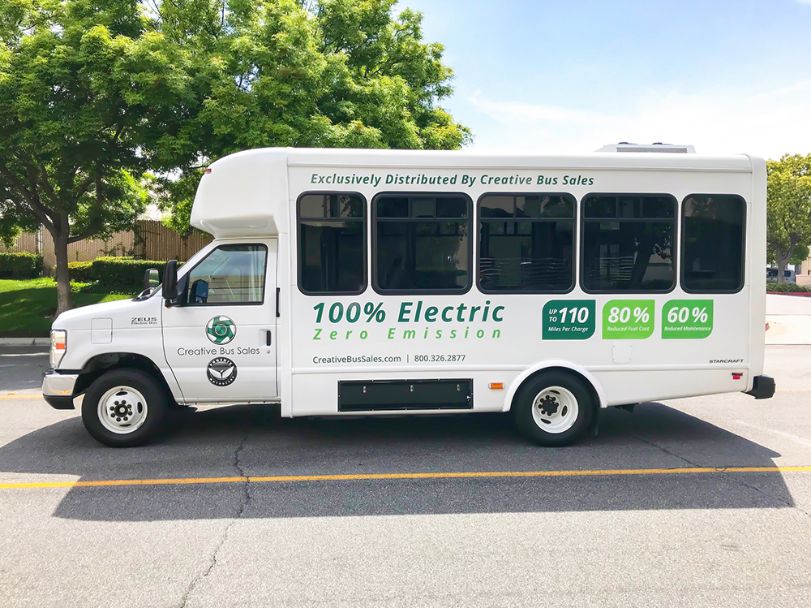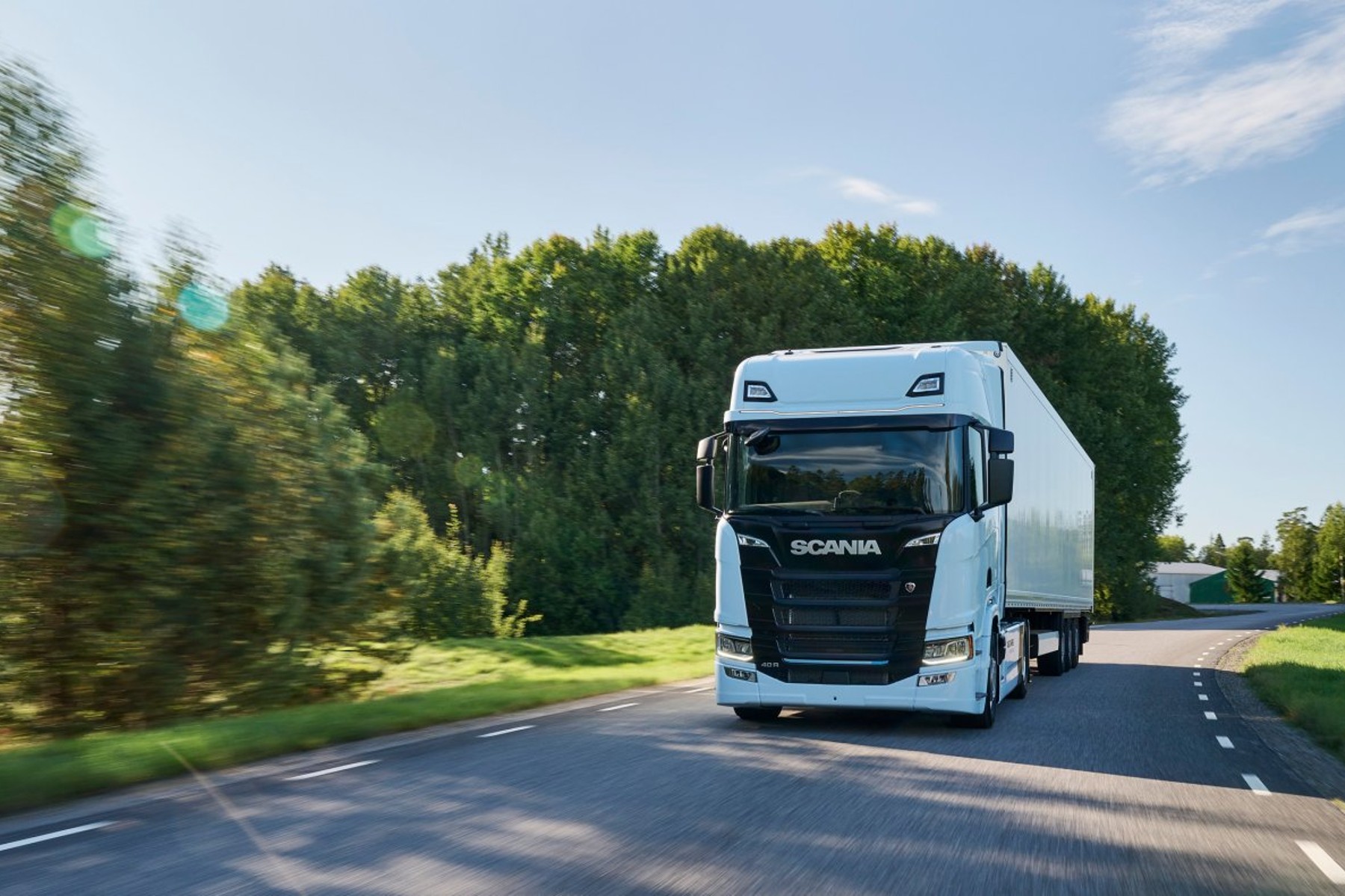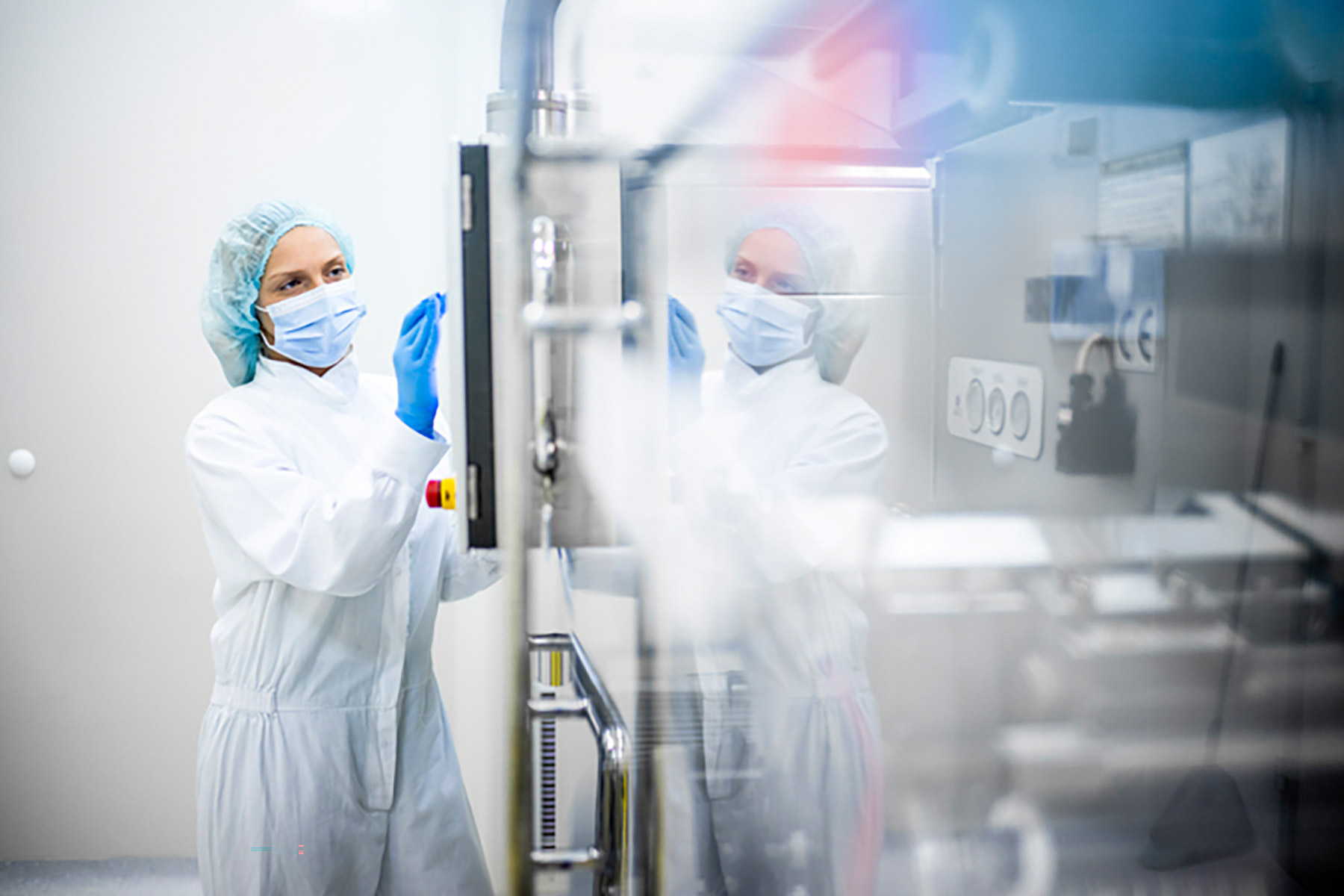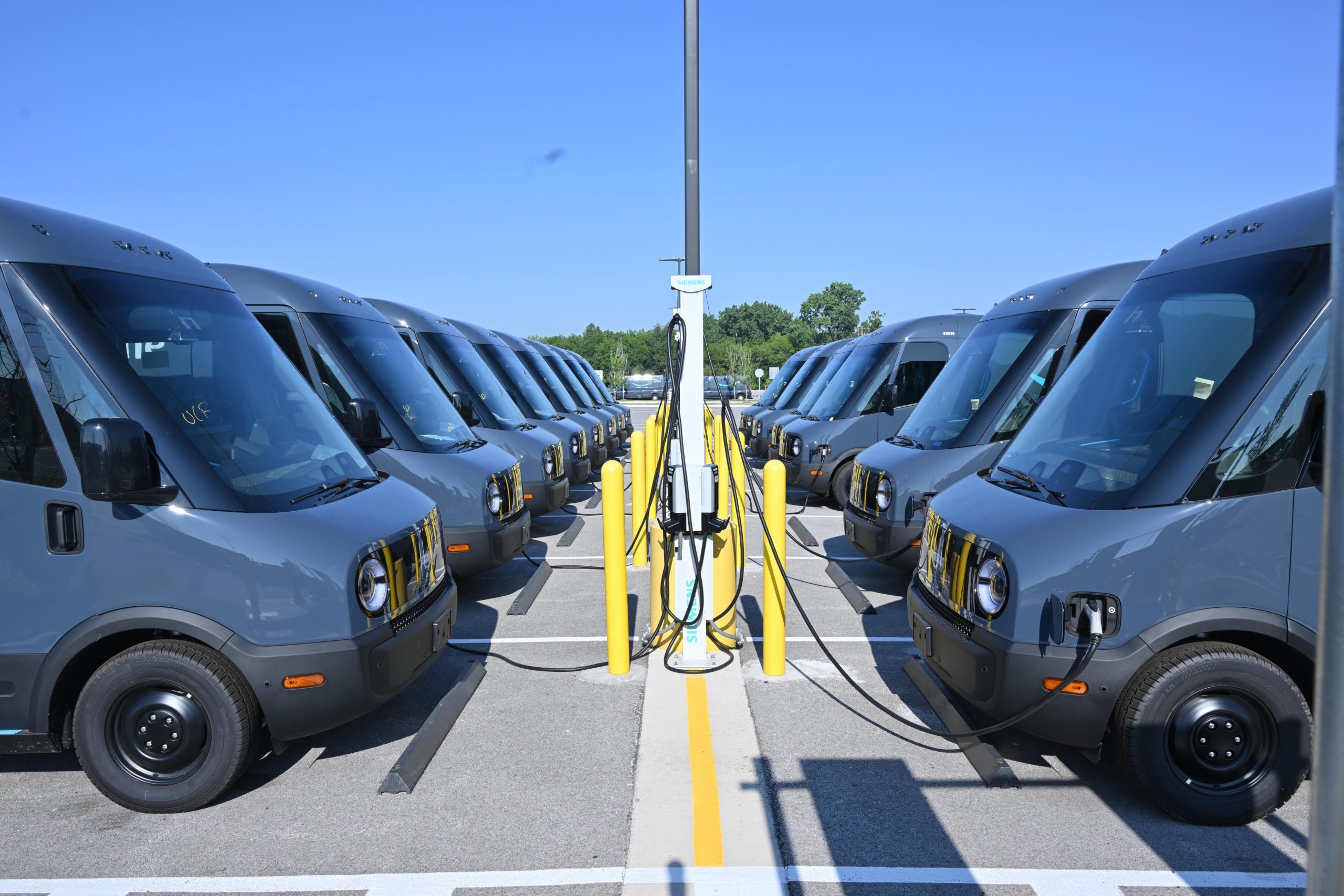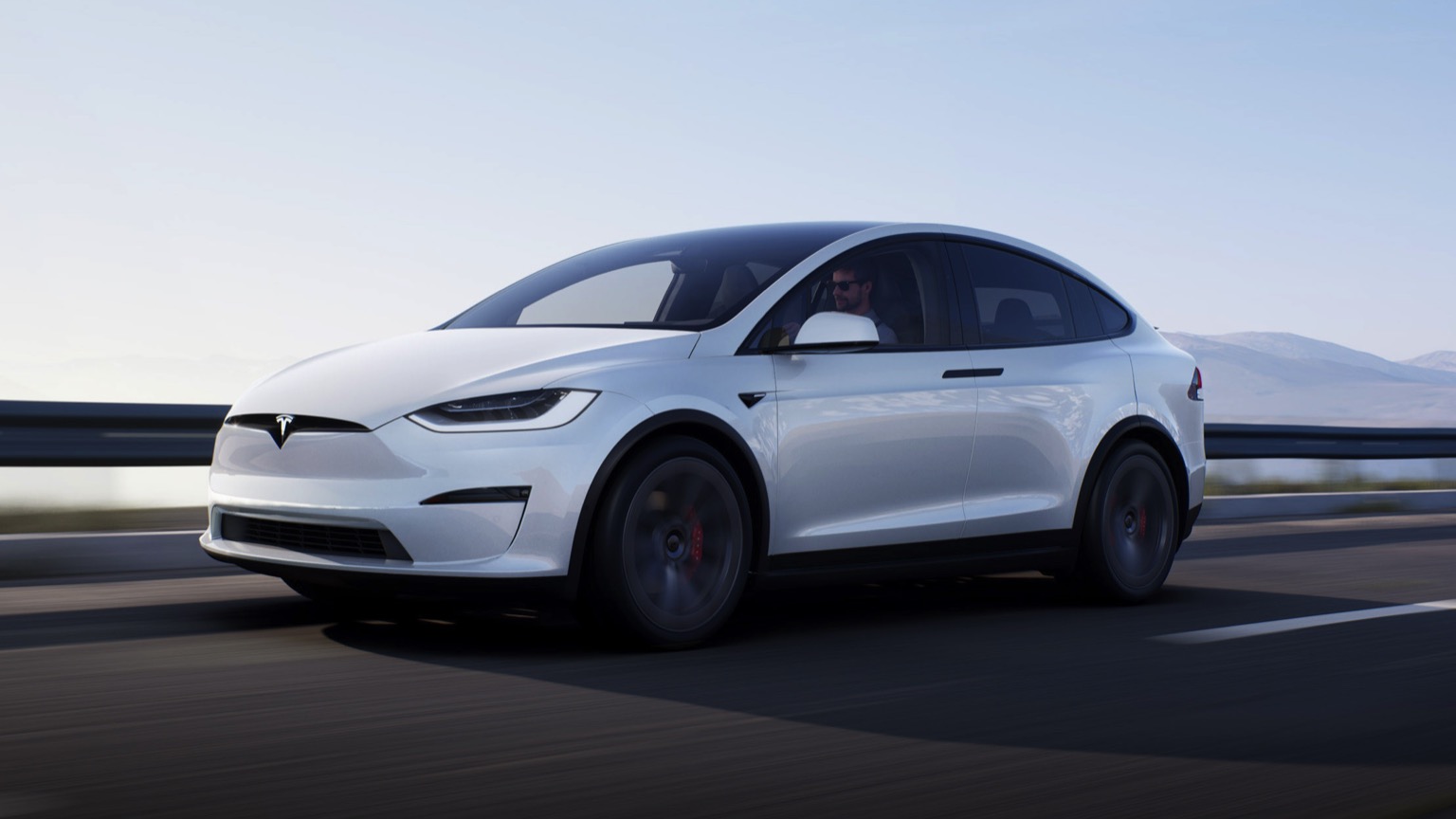Texas-based electric vehicle manufacturer Tesla has released its Q3 2023 financial report, shedding light on its recent performance in the automotive industry. While the company reported a revenue of $23.35 billion in the most recent quarter, with $19.6 billion coming from its automotive division, it showed a 9% increase in sales compared to Q3 2022. However, these figures fall short of the record-breaking Q2 2023 results, where Tesla raked in $24.93 billion in sales and deliveries.
Despite robust sales figures, Tesla’s profitability faced challenges, with a net profit of $1.85 billion in the past three months. This represents a substantial 44% decrease from the same period in 2022, when the company reported a profit of $3.29 billion. Notably, it is also considerably lower than the Q2 2023 profit of $2.7 billion. This recent profit dip marks a departure from Tesla’s previous quarters, which consistently exceeded the $2 billion mark.
Tesla’s operating margin has experienced a downward trend, standing at 7.6% for Q3 2023, significantly lower than the 17.2% reported in the same quarter a year ago. This declining margin has been evident for some time, with previous quarters showing margins of 16% in Q4 of the previous year and 9.6% in Q2 2023. Tesla attributes this trend to its global price reductions, particularly following price cuts in China, Europe, and the US in September.
In its quarterly earnings report, Tesla emphasized its strategic approach of prioritizing sales growth over immediate profitability. The company stated, “We continue to believe that an industry leader needs to be a cost leader,” and highlighted investments in research and development (R&D) and capital expenditures for future growth while maintaining positive free cash flow.
Tesla’s lower operating income for this quarter is attributed to reduced average vehicle prices, substantial investments in production preparations for the cyber truck, advancements in artificial intelligence (AI), and other R&D projects. Additionally, the company mentioned costs associated with production ramp-ups and factory upgrades.
Tesla’s cost of goods sold per vehicle decreased to approximately $37,500 in Q3, although production costs at new factories remained higher than those in established facilities. The company emphasized implementing necessary upgrades in Q3 to enable future unit cost reductions. Furthermore, Tesla reported spending $1.16 billion on research and development during the quarter, a significant increase from the previous year’s figure of $733 million.
Earlier in the month, Tesla reported a slight decline in its quarterly sales figures compared to Q2 2023. The company produced 430,488 electric cars and delivered 435,059 during the third quarter, representing a 10% decrease in production and a 7% decrease in deliveries. Tesla attributed this decline to planned downtimes for factory upgrades, which included activities such as the conversion at Giga Shanghai, where production of the revised Model 3 “Highland” began.
Despite these challenges, Tesla remains committed to its goal of selling 1.8 million vehicles in 2023. As of now, the company has produced 1,350,996 vehicles and delivered 1,324,074. To achieve its target, Tesla aims to reach a production figure of 450,000 units in the fourth quarter, which seems plausible if the previous production pauses were indeed planned.
Looking ahead, Tesla anticipates delivering its first Cybertrucks, equipped with an 800-volt system, from Giga Texas before the end of the year. Tesla has set ambitious production targets for the electric pickup, aiming to manufacture over 125,000 Cybertrucks annually in addition to 250,000 Model Y vehicles. With increased capacity in Shanghai, Berlin, and Fremont, Tesla’s total production capacity has grown from 1.9 to 2.35 million electric vehicles per year.
This expanded production capacity aligns with Tesla’s long-term goal of increasing delivery volume by an average of 50% per year over multiple years, a target initially announced in 2021. To achieve this, Tesla would need to sell approximately 2.5 million electric cars in 2024.
In a notable development, Tesla’s annual report mentions substantial investments in AI for the first time, highlighting the doubling of AI training compute capacity to support its growing dataset and the Optimus robot project.
Curiously, Tesla’s annual report does not reference its planned gigafactory in Mexico, despite receiving initial approvals for the facility in September.
As Tesla continues to navigate the dynamic electric vehicle market, its strategic choices indicate a steadfast commitment to growth and innovation.


